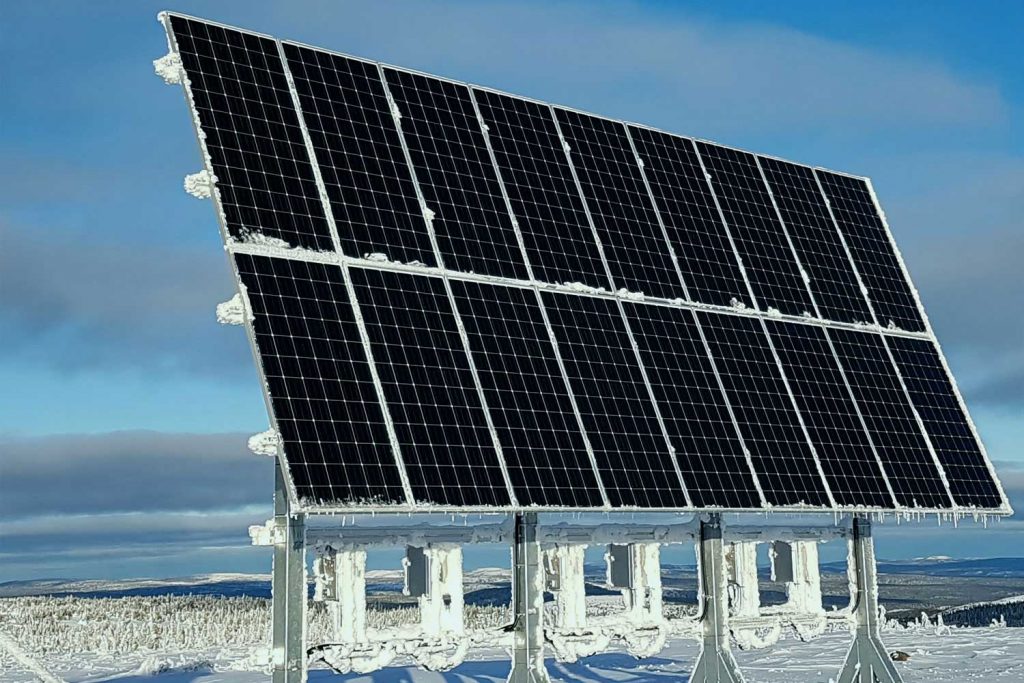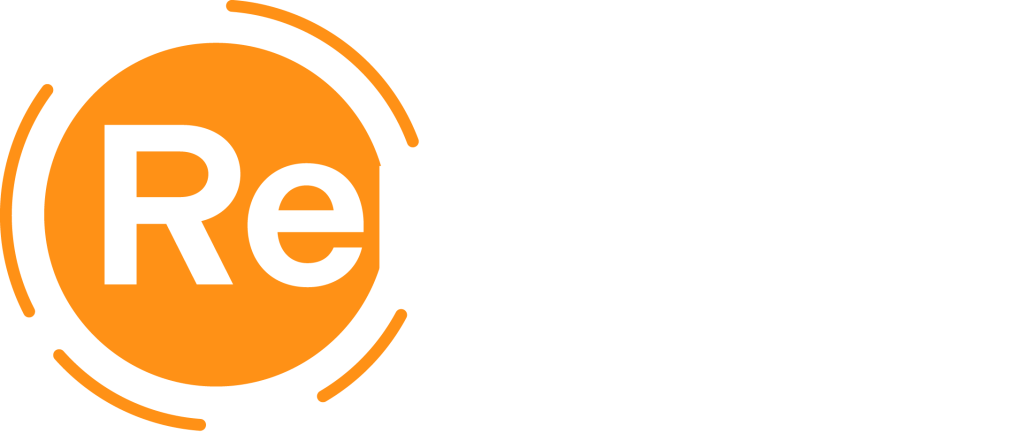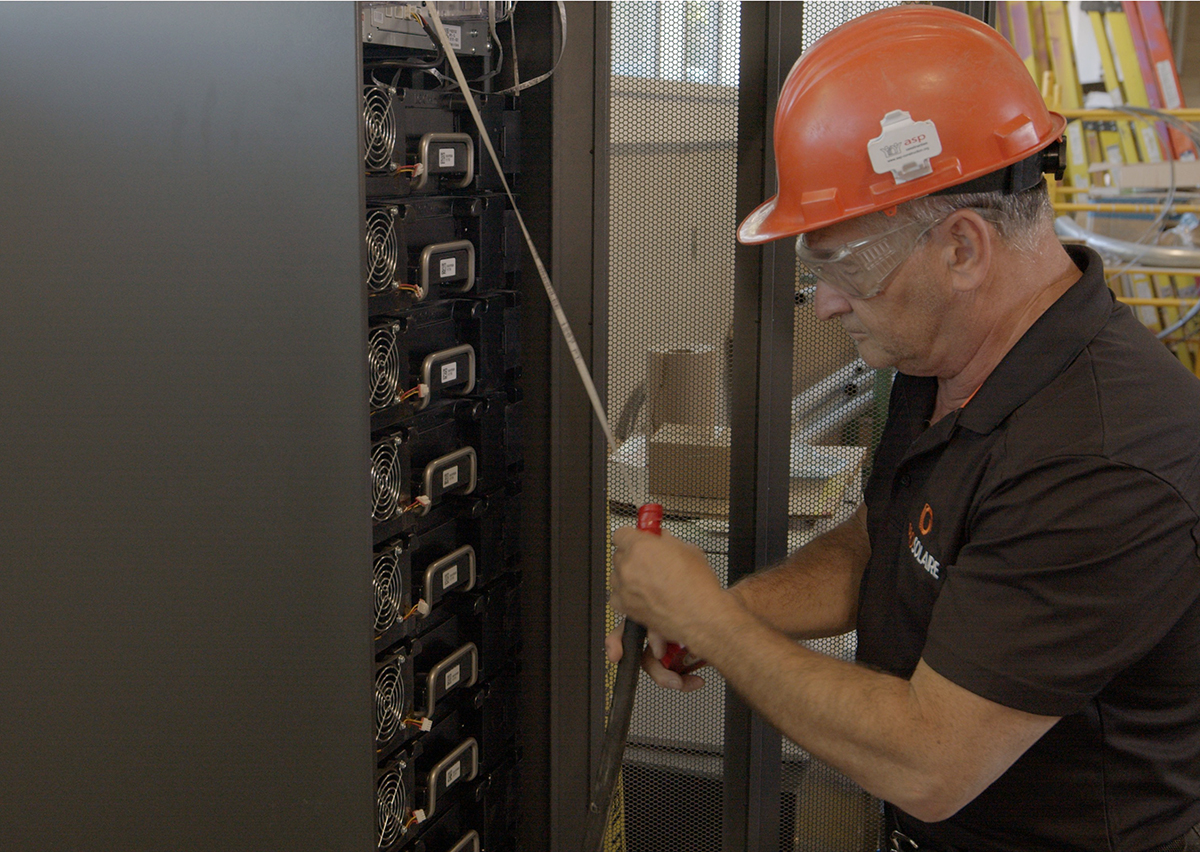
DATES
January 2020 to February 2021
PARTNERS
Installer : Prosolaire
Electrical contractor : Les Entreprises d’Électricité EG
Mechanical engineering : Opsun
Electrical engineering : Martin Roy et associés
DESCRIPTION
Installation and commissioning of approximately 400 solar panels, including 332 bi-facial modules, designed to ensure the production of electricity within the broader objective of creating a zero-carbon building. In addition, the panels are linked to an energy storage system to provide a backupsource of electricity for critical loads in case of a black out.
THE CHALLENGE
This exciting project, which was part of an ambitious initiative to transform an abandoned warehouse, involved a certain degree of complexity, especially in structural terms. First off , we needed to consult with the structural engineer to confirm that the roof of the building could support the weight of the solar system. Next, we had to select the mounting system that would be most suitable for a flat roof in order to respect weight constraints and prevent damage to the panels by the elements. These considerations had to be balanced with the desire to take full advantage of the unused space to generate as much renewable electricity as possible.
In addition to installing panels on the roof, the project leaders also wanted to make them visible to the public by placing some of them on the facade of the building, where they would reflect the forward-thinking spirit of the world class architectural firm. In that particular location, the solar panels had to be as aesthetically-pleasing as they were functional.
Finally, the client was interested in having an energy storage solution both for peak shaving to reduce peak charges as well as to provide back up power to the critical loads in the offices in the event of an outage. For the stored energy to be accessed during a power failure, the energy storage system needed to be integrated with the building management system. Close collaboration with the electrical utility, Hydro- Québec, was also essential. Numerous tests were carried out to ensure that in the case of a disruption, electrical power would be instantly redirected from the primary to the secondary system.
RESULTS
This project was an important element in the conversion of a disused warehouse into a building meeting the “Zero Carbon Building – Performance” standard with a 3-star Fitwel rating. On top of that, Lemay is awaiting LEED-Platinum certification for the building, which is also registered as a Living Building Challenge project. In terms of output, the use of bi-facial solar panels means a 15% to 25% increase in energy generated is expected for the available roof surface. Equipped with a battery with a storage capacity of 137 kWh and a peak load capacity of 66 kW, the current system can generate up to 180 MWh annually.
Achievements


Collège Sainte-Anne in Dorval

La Vie en Rose – Canopy project

Dorval covered skating rink

Caserne du Lac Mégantic
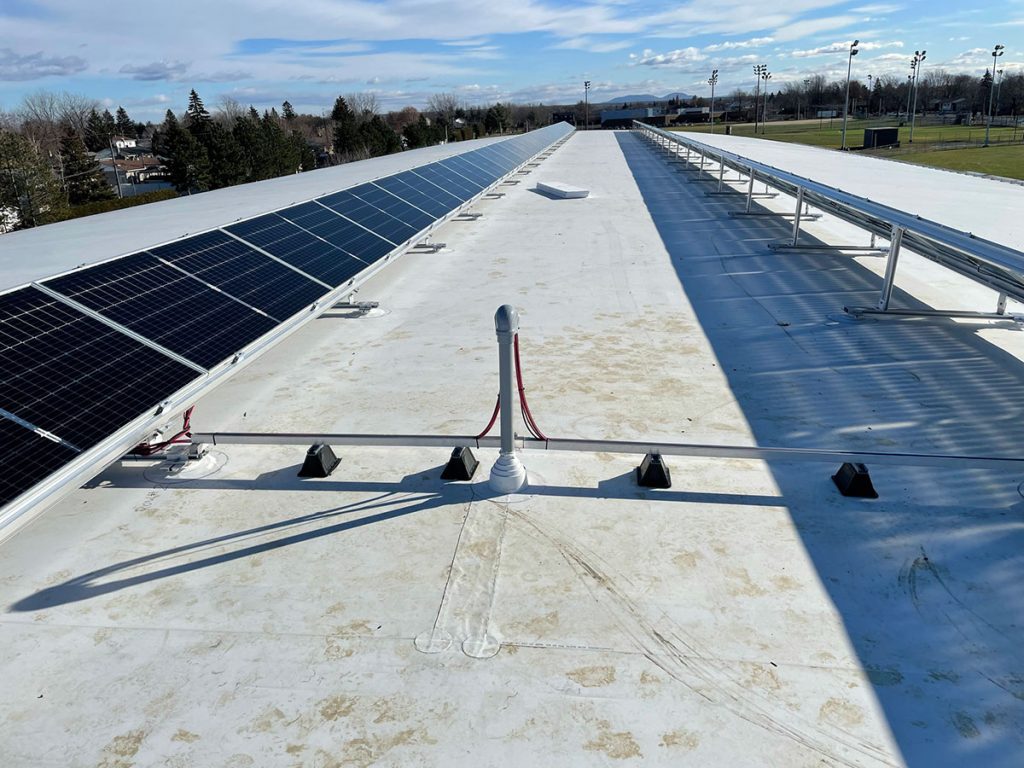
Polydôme – Varennes
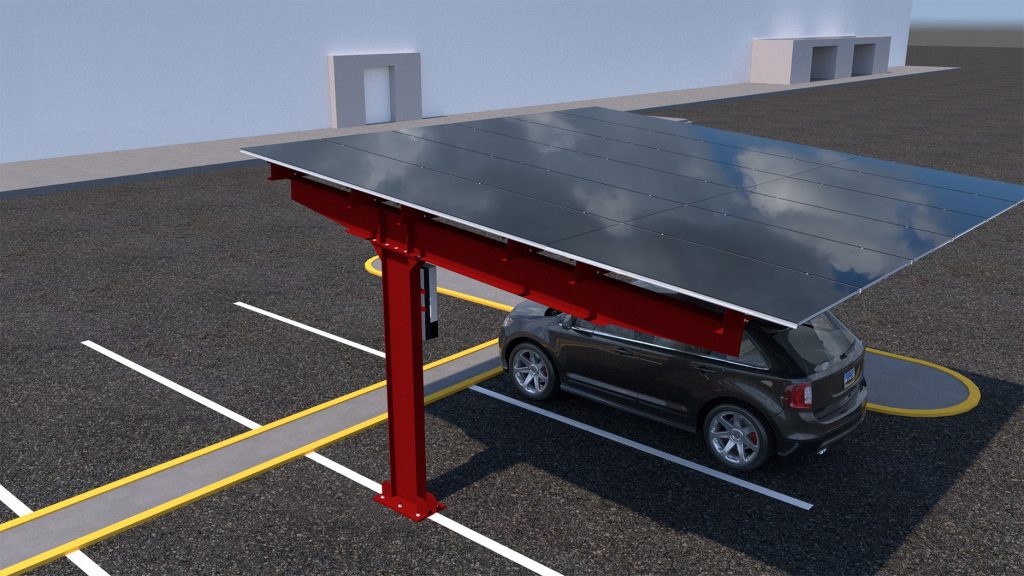
Greenball – A Kimball project
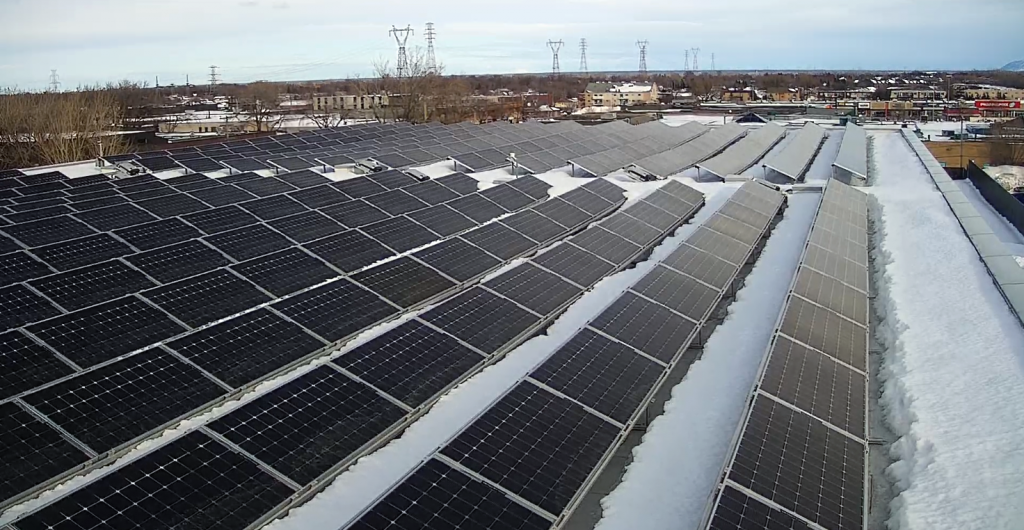
Local 144 – Head Office
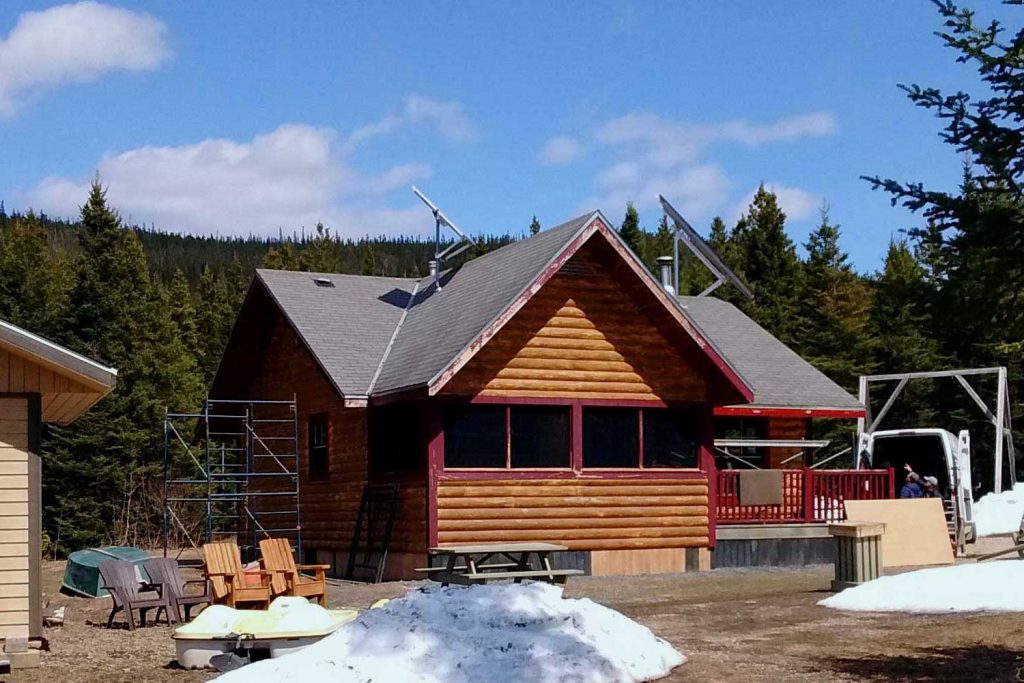
SEPAQ
